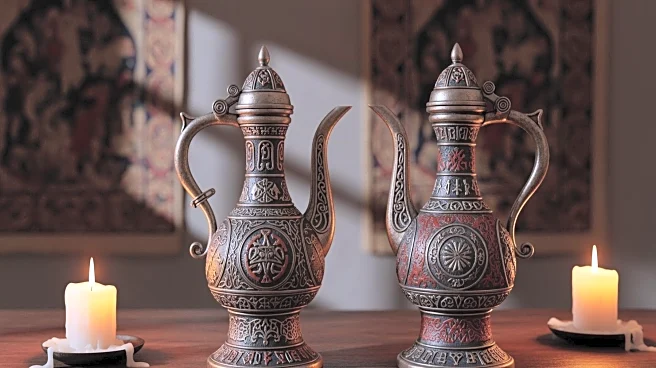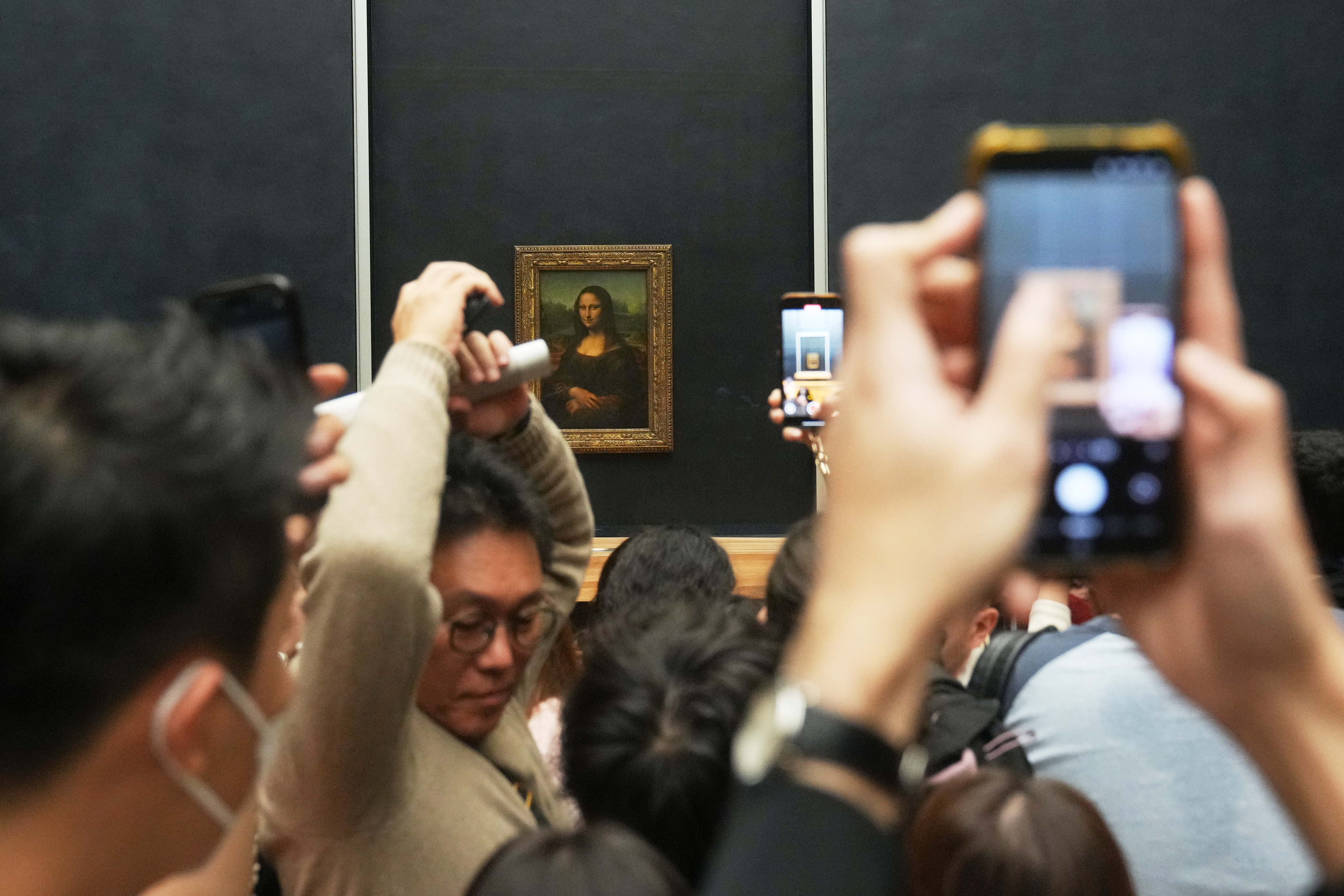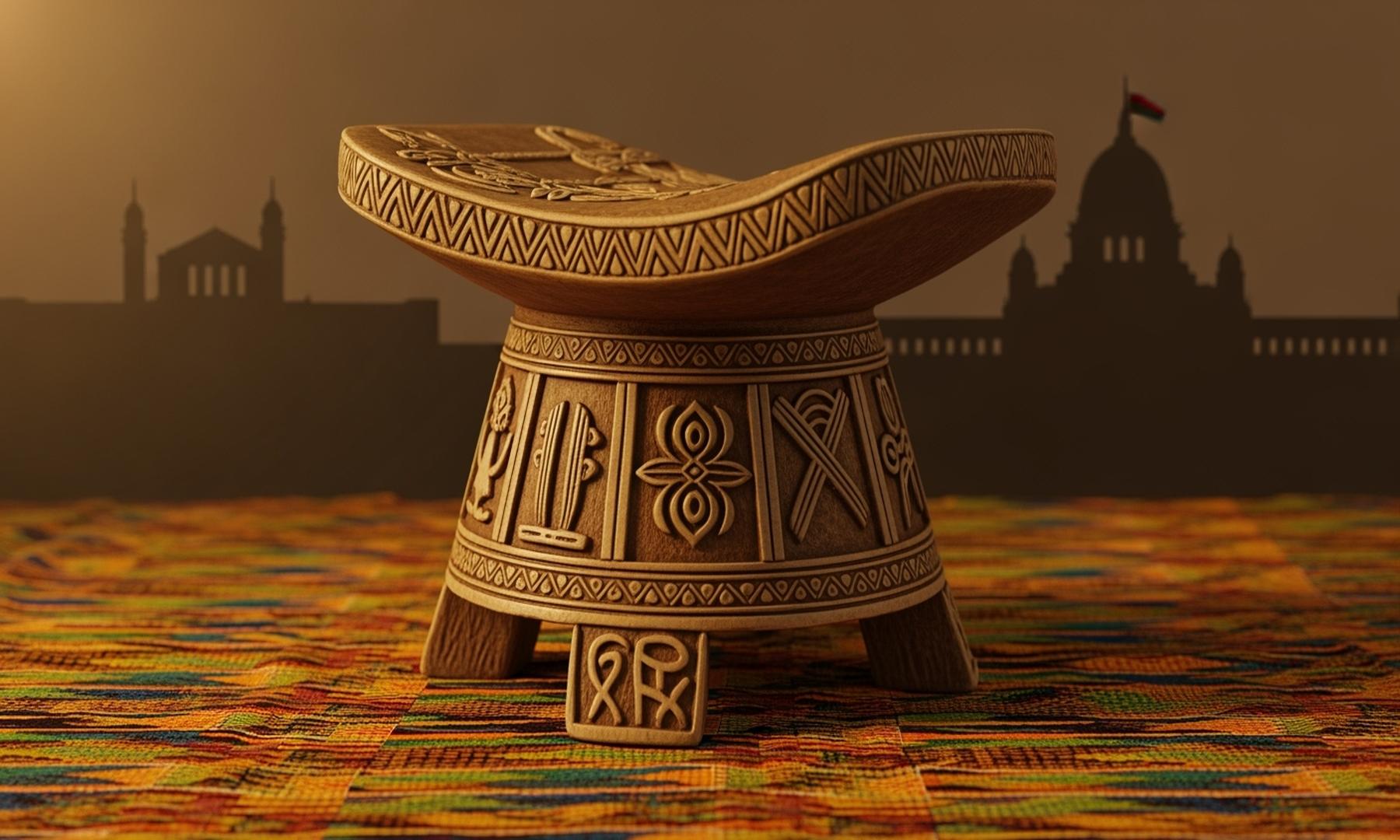What's Happening?
Three medieval ewers, including the Asante Ewer, are now on display at the York Army Museum. These artifacts, made in England in the 1300s, have a storied history, having been transported to the Asante kingdom
in present-day Ghana and later looted by British troops in the late 19th century. The Asante Ewer, the largest surviving bronze vessel from medieval England, is accompanied by other items seized during the Anglo-Asante Wars. The display will later move to the British Museum, accompanied by a book detailing the ewers' history.
Why It's Important?
The exhibition of these ewers highlights the complex history of cultural artifacts and their movement across continents due to colonial activities. The display raises questions about the ownership and repatriation of cultural heritage, as these objects were taken during colonial conflicts. The exhibition provides an opportunity for dialogue on the ethical considerations of displaying looted artifacts and the responsibilities of museums in preserving and interpreting cultural heritage. The potential loan of these ewers to a museum in Kumasi could further discussions on cultural restitution.
What's Next?
Following the exhibition in York, the ewers will be displayed at the British Museum, potentially with different accompanying artifacts. Discussions about the possible loan of these ewers to a museum in Kumasi are ongoing, which could lead to further international collaboration and dialogue on cultural heritage. The outcome of these discussions may influence future policies on the repatriation of cultural artifacts.













